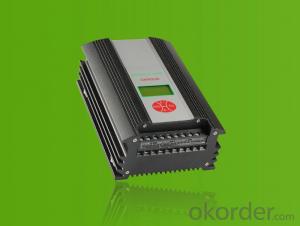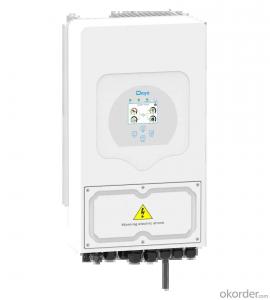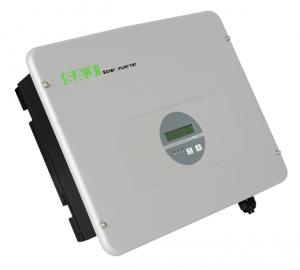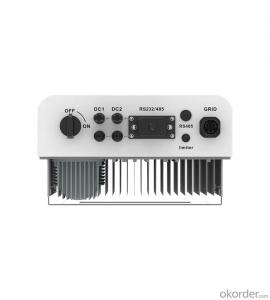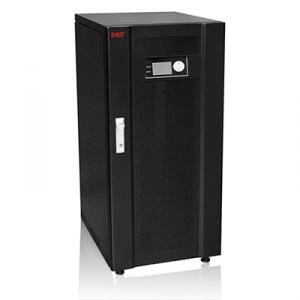Mppt Hybrid Solar Inverter
Mppt Hybrid Solar Inverter Related Searches
Mppt Solar Inverter Mppt Solar Power Inverter Mppt Inverter Solar Mpp Solar Hybrid Inverter Mppt Based Solar Inverter Mppt Solar Pump Inverter Mppt Inverter For Solar System Microtek Mppt Solar Inverter Dual Mppt Solar Inverter Mppt Solar Inverter Charger China Mppt Solar Inverter 12v Mppt Solar Inverter Best Mppt Solar Inverter Mpp Solar Inverter Mpp Solar Power Inverter 2kw Mppt Solar Inverter 1kw Mppt Solar Inverter Mppt Solar Inverter 48v Mppt Solar Inverter Price Mppt Solar Inverter 24v 24v Mppt Solar Inverter Apollo Mppt Solar Inverter 3 Mppt Solar Inverter 2kva Mppt Solar Inverter 24 Volt Mppt Solar Inverter 5kw Mppt Solar Inverter Mppt Solar Inverter 12 Volt 3kva Mppt Solar Inverter Mpp Solar Charger Inverter Hybrid Solar Power InverterMppt Hybrid Solar Inverter Supplier & Manufacturer from China
The Mppt Hybrid Solar Inverter is a cutting-edge product designed to optimize the performance of solar energy systems by efficiently managing the conversion of solar power into usable electrical energy. This advanced inverter utilizes Maximum Power Point Tracking (MPPT) technology to ensure that the solar panels operate at their peak efficiency, maximizing energy output and reducing energy loss. The inverter also offers a hybrid functionality, allowing it to work seamlessly with both solar panels and battery storage systems, providing a reliable and sustainable power source for various applications.The Mppt Hybrid Solar Inverter finds its application in a wide range of scenarios, including residential, commercial, and industrial settings. It is particularly useful for off-grid and grid-tied solar power systems, where it can help in reducing electricity bills and increasing energy independence. This versatile inverter is also suitable for backup power systems, ensuring a continuous power supply during grid outages or power fluctuations. Its hybrid capabilities make it an ideal choice for areas with intermittent sunlight or those looking to store excess solar energy for later use.
Okorder.com is a reputable wholesale supplier of the Mppt Hybrid Solar Inverter, boasting a large inventory to cater to the varying needs of customers worldwide. As a leading online platform, Okorder.com offers competitive prices, reliable quality, and excellent customer service, making it a preferred choice for businesses and individuals seeking to invest in sustainable energy solutions. With a commitment to providing the latest technology and products, Okorder.com ensures that customers have access to the most efficient and cost-effective solar inverters in the market.
Hot Products

